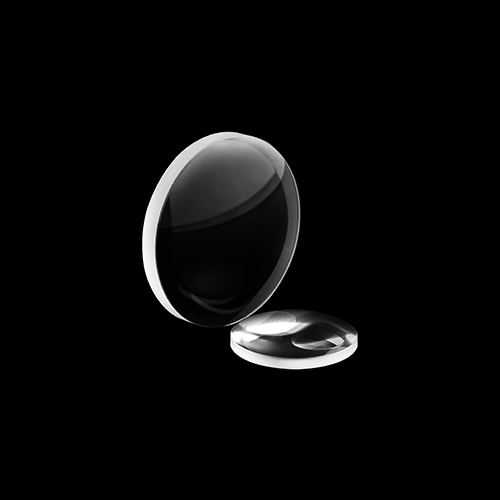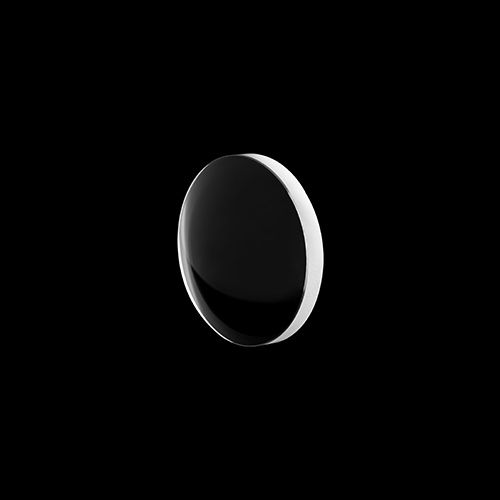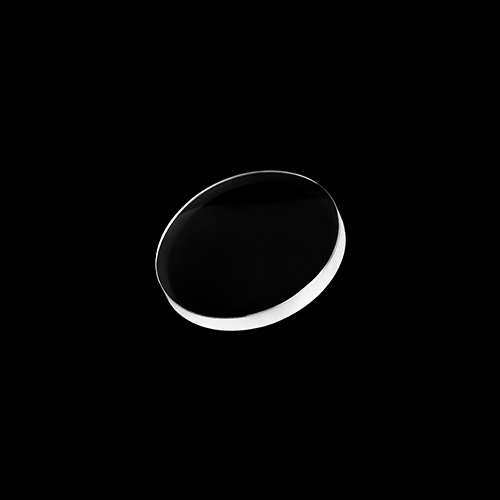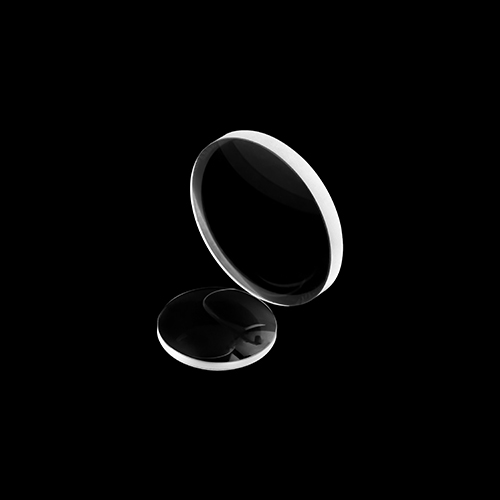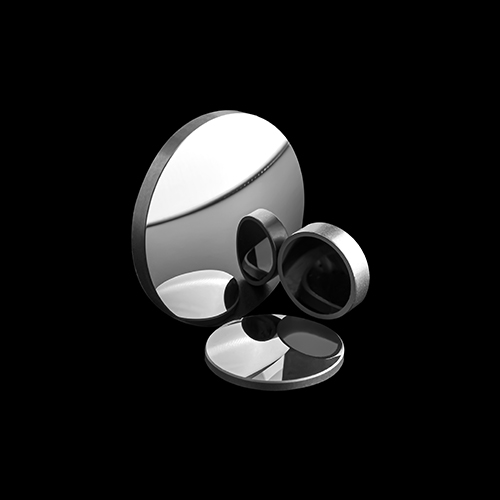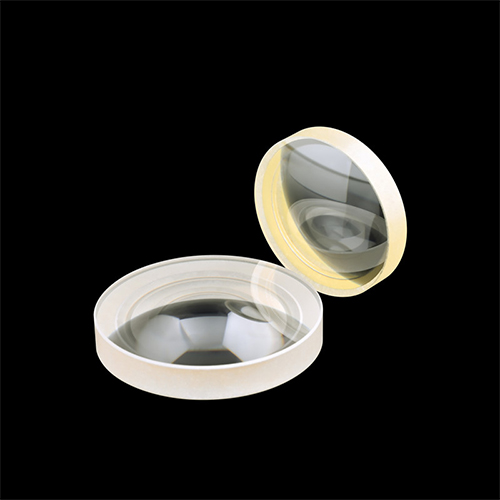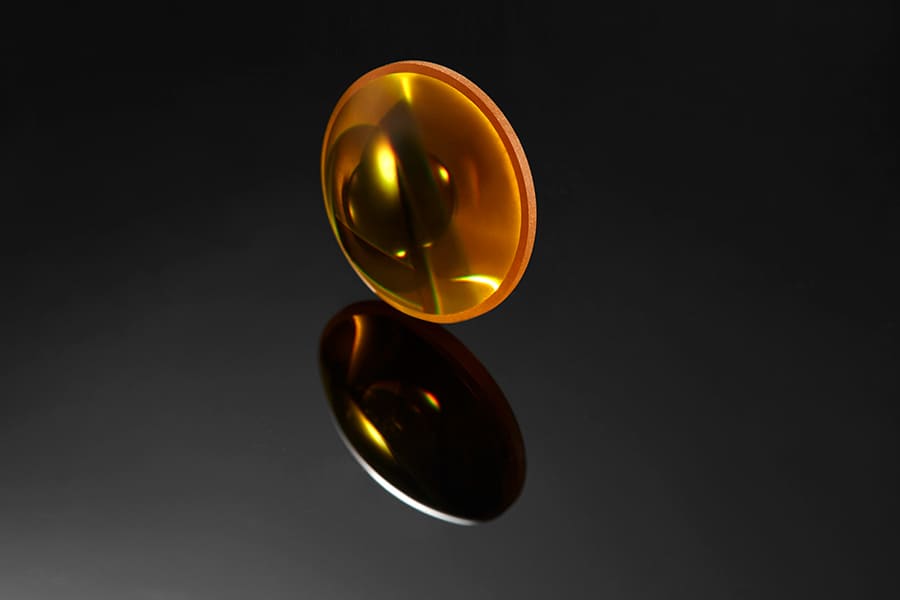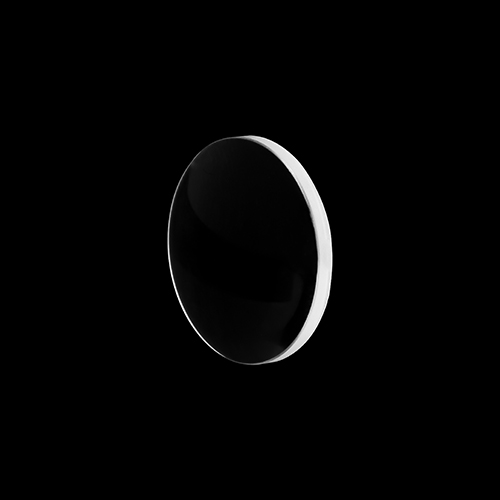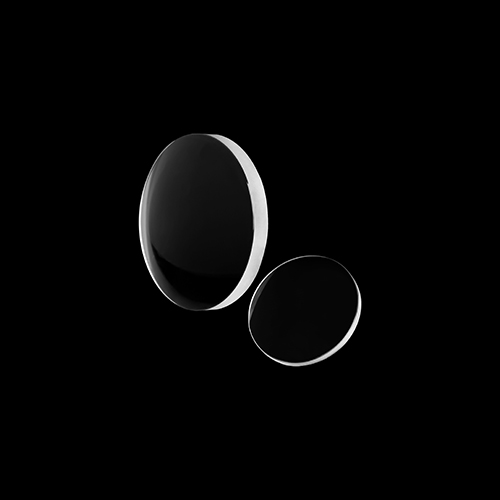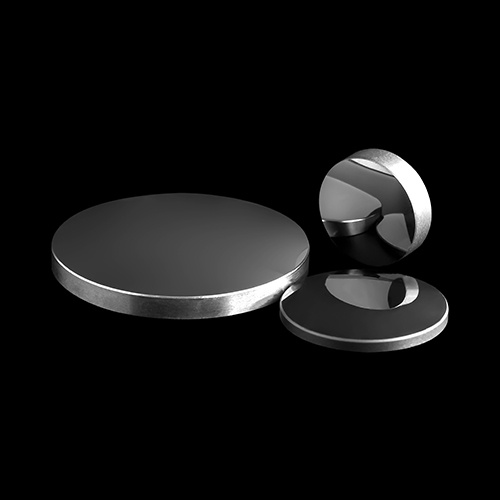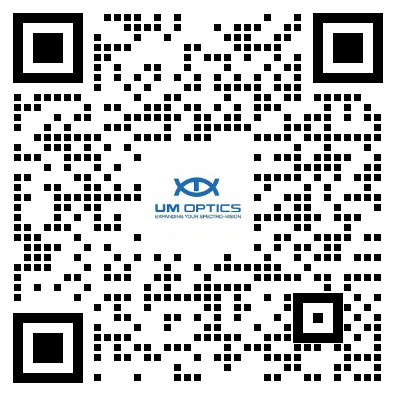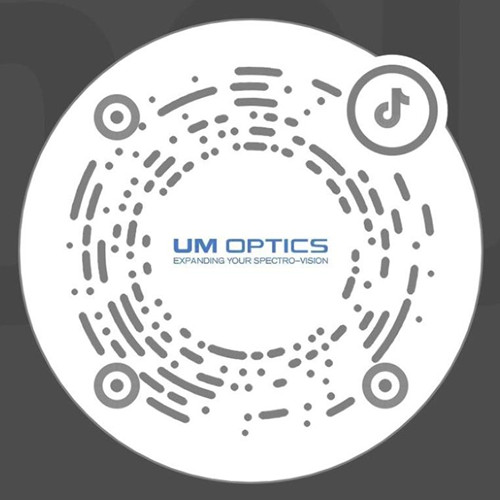The meniscus lens is a kind of lens with aspherical shape. Its materials include K9 glass, fused silica, zinc selenide, zinc sulfide, germanium, silicon, lithium fluoride, magnesium fluoride, calcium fluoride, barium fluoride and other optical materials. So is the meniscus lens convergent or divergent? Let's take a look together!
The crescent lens can be either a converging lens or a diverging lens, depending on its design and specific application scenarios. A crescent lens is a special type of lens with an outward convex mirror and an inward concave mirror. If the outward curvature of the lens is greater than the inward curvature, the lens has a positive focal length and can be used as a focusing lens, such as a magnifying glass. At this point, the convex surface of the lens should face the light source in order to minimize spherical aberration and converge parallel light. On the contrary, if the inward curvature of the lens is greater than the outward curvature, the lens has a negative focal length and can be used as a diverging lens. The central part of this lens is thinner than the edge, which can cause light to diverge. They are usually used in conjunction with other lenses to increase the focal length, thereby reducing the numerical aperture (NA) of the optical system. Therefore, crescent lenses can be used for both converging and diverging light, depending on the design and usage of the lens.
The above is an answer to whether the crescent lens converges or diverges. We hope it is helpful to you. If you have any questions, please feel free to consult online or leave a message.

